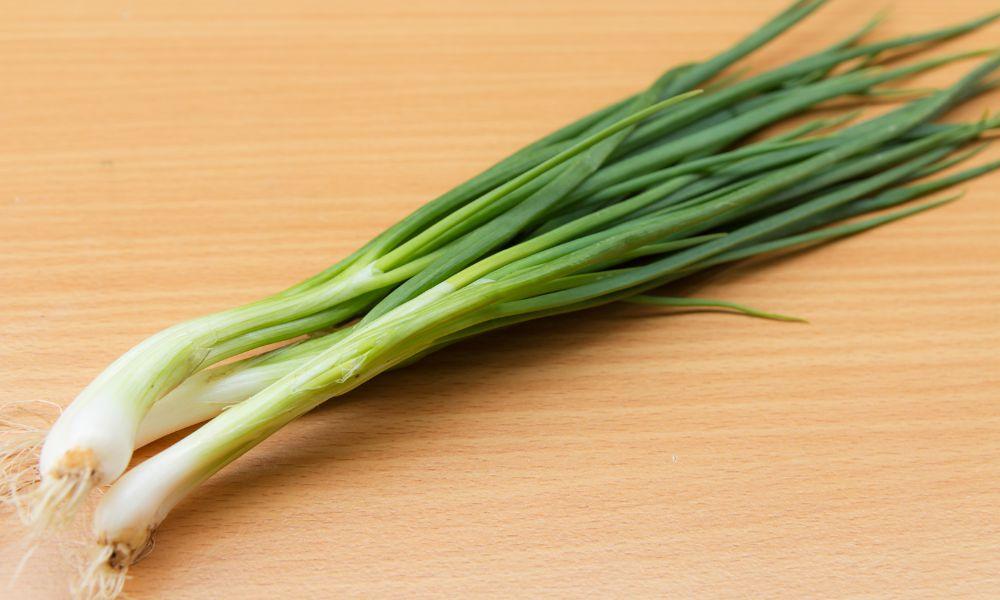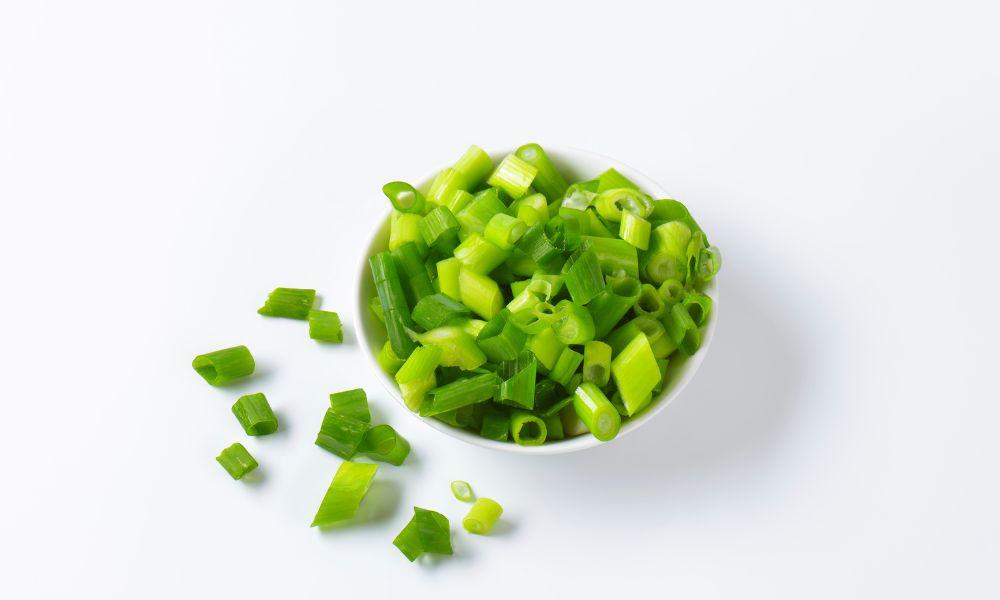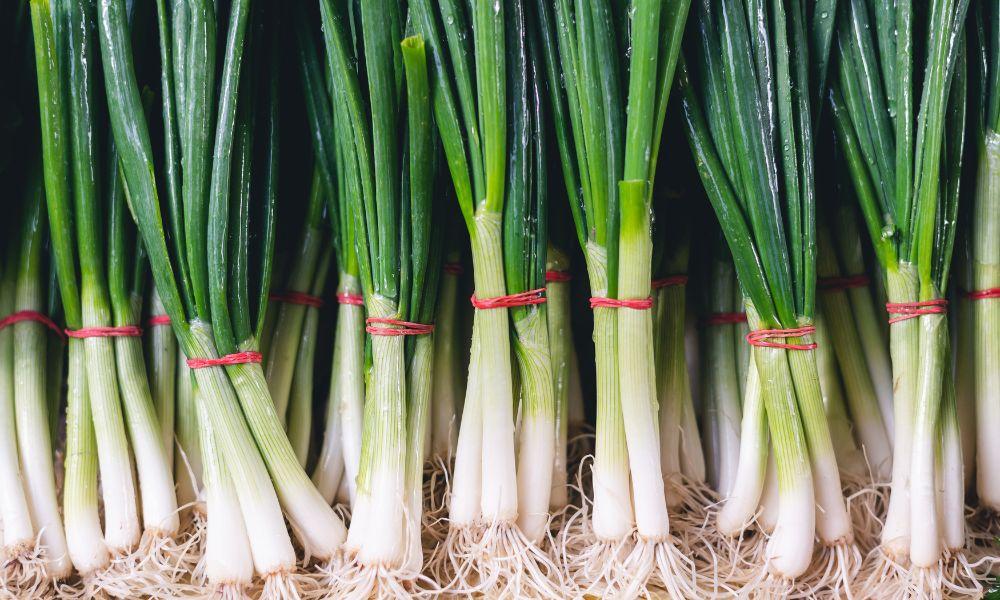Nothing compares to the vibrant flavor and vibrant green hue that fresh spring onions bring to dishes. Whether added at the final stage of cooking or sprinkled on top as a garnish, spring onions are a staple ingredient in many kitchens.
In order to keep them at their freshest and preserve their flavor, proper storage is key. This guide offers useful tips, an easy step-by-step process, and some experiments and experiences to keep your spring onions fresh and crisp for an extended period.
Why Proper Storage Matters

Storing spring onions correctly is crucial, not only to prolong their shelf life but also to maintain the ideal crispness and flavor profile. Improper storage often leads to wilting, loss of crispness, and accelerated spoilage – all of which will affect the quality of your dishes. Moreover, proper storage helps reduce food waste, letting you get the most out of your purchase.
Understanding Spring Onions
Before diving into proper storage methods, it’s essential to understand spring onions themselves. Spring onions are a versatile vegetable, characterized by their slender, white bulbs and green, hollow stalks. They offer a unique mix of mild onion flavor and fresh green notes.
While they can be used interchangeably with scallions and green onions, it’s worth noting that spring onions have a slightly larger bulb, resulting in a milder flavor. Spring onions are not only delicious in various culinary applications but they also pack a nutritious punch, being rich in vitamins A and C.
Factors Affecting Spring Onion Storage
Several factors can influence the storage of spring onions, such as temperature, humidity, and air circulation. Understanding these factors will help you keep your spring onions fresher for longer.
- 🌡️Temperature: Spring onions prefer cool temperatures, generally between 33-36°F (0.5-2°C) to maintain their freshness.
- 💧Humidity: They also thrive in high humidity. Moisture prevents the onions from drying out, allowing them to stay crisp and vibrant.
- 💨Air Circulation: Proper air circulation helps inhibit the growth of bacteria, ensuring the onions remain fresh and safe to consume.
Step-by-Step Guide: How to Store Spring Onions in the Fridge

Follow these detailed instructions to properly store spring onions in your refrigerator for long-lasting freshness:
- Cleaning: Before storing, gently rinse the spring onions under cold running water to remove any dirt or debris. Be careful not to damage the delicate green stalks.
- Trimming: Using a sharp knife, trim off the root ends and any damaged or wilted parts. This helps maintain the overall freshness and prevents any unwanted odors in the fridge.
- Packaging: Lightly wrap the spring onions in a slightly damp paper towel. The dampness will help retain moisture while the towel prevents direct contact with other items in the fridge.
- Storage Container: Place the wrapped spring onions in a plastic bag, leaving the bag slightly open for air circulation. Alternatively, an airtight container can be utilized – simply add a few pinholes to allow for air exchange.
- Refrigeration: Store the spring onions in the crisper drawer of your fridge, designed to maintain the ideal temperature and humidity conditions. This will help keep the onions fresh and crisp for an extended period.
Tips for Extending Shelf Life

Apart from the step-by-step guide, here are some additional tips and techniques to extend the shelf life of your stored spring onions:
- Water Immersion: Storing spring onions upright in a jar or glass with about an inch of water can help maintain their freshness. Be sure to change the water every couple of days.
- Refrigerating with a Damp Cloth: Wrapping spring onions in a clean, damp cloth before placing them in a plastic bag can further prolong their freshness. The cloth provides extra moisture, ensuring the onions remain crisp.
Stay tuned for the second half of the article, where we address frequently asked questions and share some personal experiences and experiments related to spring onion storage. Happy cooking!